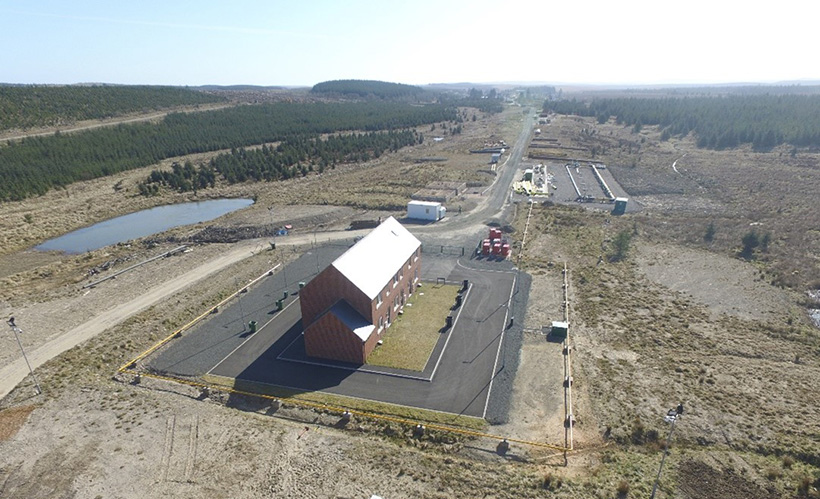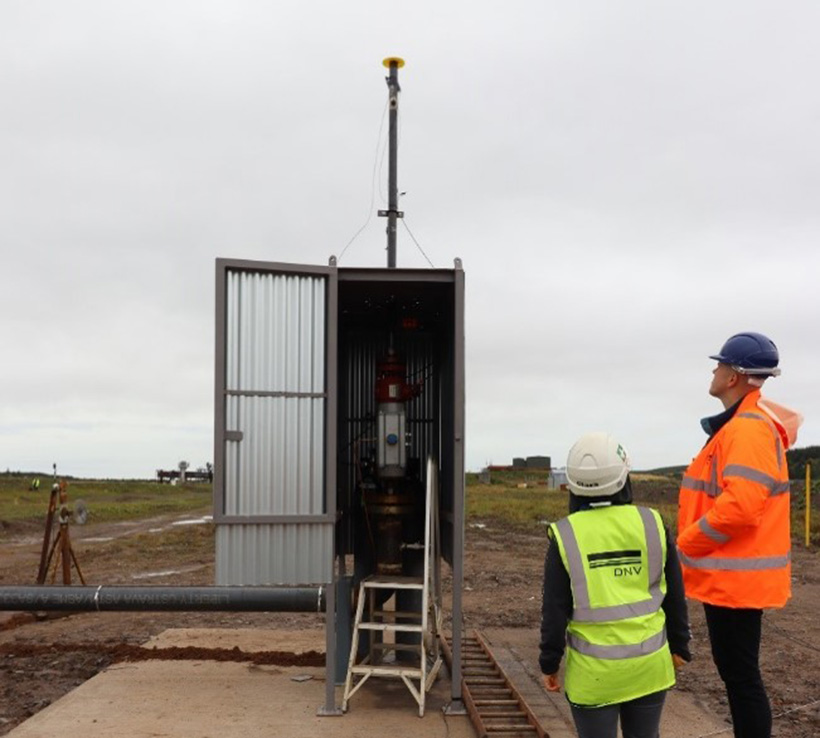
Our COP27 series continues with a focus on our LTS Futures project which is critical to understanding how we can repurpose our local transmission system to 100% hydrogen.
I joined SGN’s Energy Futures team in April 2022. With a background in testing and research, my passion is in finding innovative solutions to complex problems. My role within the LTS Futures team allows me to work towards this every day.
Hydrogen is an exciting and credible decarbonisation solution as the only by-product of combustion is water, whereas usage of natural gas contributes to CO2 emissions. As emissions from domestic heating account for 37% of all UK carbon emissions, repurposing our gas networks to carry hydrogen instead of natural gas would significantly help to achieve net zero.
Transportation and storage are key to the roll out of hydrogen technology at scale, and the Local Transmission System (LTS) will enable this. The LTS is made up of 11,000 km of high-pressure pipelines delivering gas from National Transmission System (NTS) offtakes to towns and cities across the country. Hydrogen has slightly different properties and behaves differently to natural gas, so our LTS needs to adapt to carry it.

Part of the hydrogen testing facility at DNV Spadeadam
I’m leading offsite testing work at our project partner DNV’s Spadeadam site in Brampton to assess the impact of hydrogen on our LTS. This testing is one of five work packages being carried out for the LTS Futures project with DNV. It is part of approximately £8m of research testing being carried out by the project which is striving to inform the UK Government’s heat policy decision in 2026.
The testing involves the construction of a variety of test rigs and instrument arrays at DNV’s remote offsite testing facility. This allows experiments to be conducted in a safe and controlled environment across a range of activities and operations a pipeline goes through during its lifetime. For example, we are currently conducting tests to investigate the thermal behaviour and noise generated from releases of hydrogen at a range of pressures and flowrates.

Part of a test rig at DNV Spadeadam which is being used for the LTS Futures project
This valuable research, along with other research data from testing in partnership with The Welding Institute and working with Pipeline Integrity Engineers, will ensure a robust and accurate reflection of the risks. This will allow existing and new pipeline installations to be assessed for repurposing to hydrogen using the same detailed safety assessment processes currently applied to natural gas.
The LTS Futures project will culminate in a live trial where we will repurpose a section of our existing LTS network to hydrogen. This will enable us to develop a blueprint methodology for repurposing the rest of the LTS assets in Great Britain’s network.




